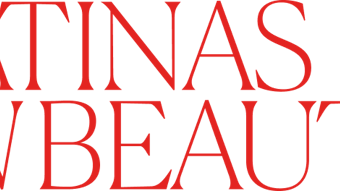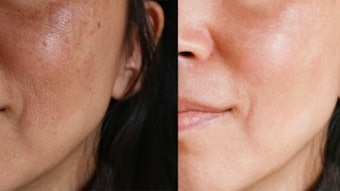In “Kenyan Acquisition to Give L’Oréal a Boost in Sub-Saharan Africa,” a new blog post from Oru Mohiuddin, senior analyst for home and personal care, Euromonitor International, the analyst inspects the development and growth of the beauty marketplace in Africa.
She writes, “L’Oréal’s acquisition of Interconsumer Products Ltd (ICP), the largest local manufacturer of beauty products in Kenya, is a good move. L’Oréal stands to gain three clear advantages from the acquisition. First, L’Oréal will be able to access an already established R&D center dedicated to sub-Saharan beauty needs, which prior to the acquisition enjoyed relatively weak coverage in the company’s global portfolio. In addition, ICP’s infrastructure, including a manufacturing plant in Kenya and a distribution network in rapidly growing East African countries, will allow for deeper market penetration. Last but not least, L’Oréal will be able to further expand its brand portfolio along ethnic lines.
“L’Oréal is shifting its focus towards the Middle East and Africa as growth projections reveal improved prospects. With a forecast 5.2% CAGR, the Middle East and Africa is set to be the second leading regional market for beauty and personal care over 2012–2017, marginally trailing Latin America with an anticipated 5.6% CAGR. Beauty and personal care in the Middle East and Africa is predicted absolute growth of nearly $7 billion, with this accounting for 10% of global absolute growth over the same period. Color cosmetics and hair care, both key categories for L’Oréal, are expected to make a significant 35% contribution to the region’s overall beauty and personal care absolute growth over the next five years. Motivated by such prospects, L’Oréal opened a subsidiary in Egypt in 2010 and a manufacturing plant in 2013. In addition, other subsidiaries, including in Kenya and Nigeria, opened in 2011, and in Saudi Arabia in 2012.
“There are, however, inherent issues that need addressing in this region. Its beauty needs derive from two distinct ethnic groups—Arabs and sub-Saharan Africans—whose skin tones and hair types vary widely, requiring different R&D technologies. While L’Oréal aims to serve the Saudi market through its plant in Egypt and R&D center in Mumbai, India, the divergent nature of consumer needs in sub-Saharan Africa will require the company to set up an entirely different structure from that in Egypt. L’Oréal has a manufacturing plant and an evaluation centre (mainly responsible for assessing market needs rather than R&D) in South Africa, but capacity in South Africa, however, is not sufficient to support L’Oréal’s expansion plans in the region. ICP is one of the leading local beauty care manufacturers in Kenya, not just catering for the domestic market but also neighboring Uganda and Tanzania. Through ICP, L’Oréal will own ICP’s manufacturing plant and R&D center instead of having to build from scratch, thus supplementing the structure in South Africa to support its expansion drive in the region. Furthermore, up until now, L’Oréal has had only SoftSheen-Carson and Mizani to cater for African consumers. ICP will widen L’Oréal’s portfolio of ethnic brands.
Mohiuddin concludes, “The question remains whether further acquisitions are on the horizon. L’Oréal may consider making an acquisition in Nigeria as the competitive landscape changes due to increasing interest from other players. For example, Estée Lauder has launched MAC in Nigeria. There are a number of options, including Soulmate Industries Ltd, to choose from in Nigeria, but these will depend on a cost-benefit analysis. L’Oréal could decide that it would be more commercially viable to make an acquisition in another region altogether and set up a base from scratch in the remaining African markets. There has also been speculation that L’Oréal is looking to make an acquisition in India, but this has yet to be confirmed.”










